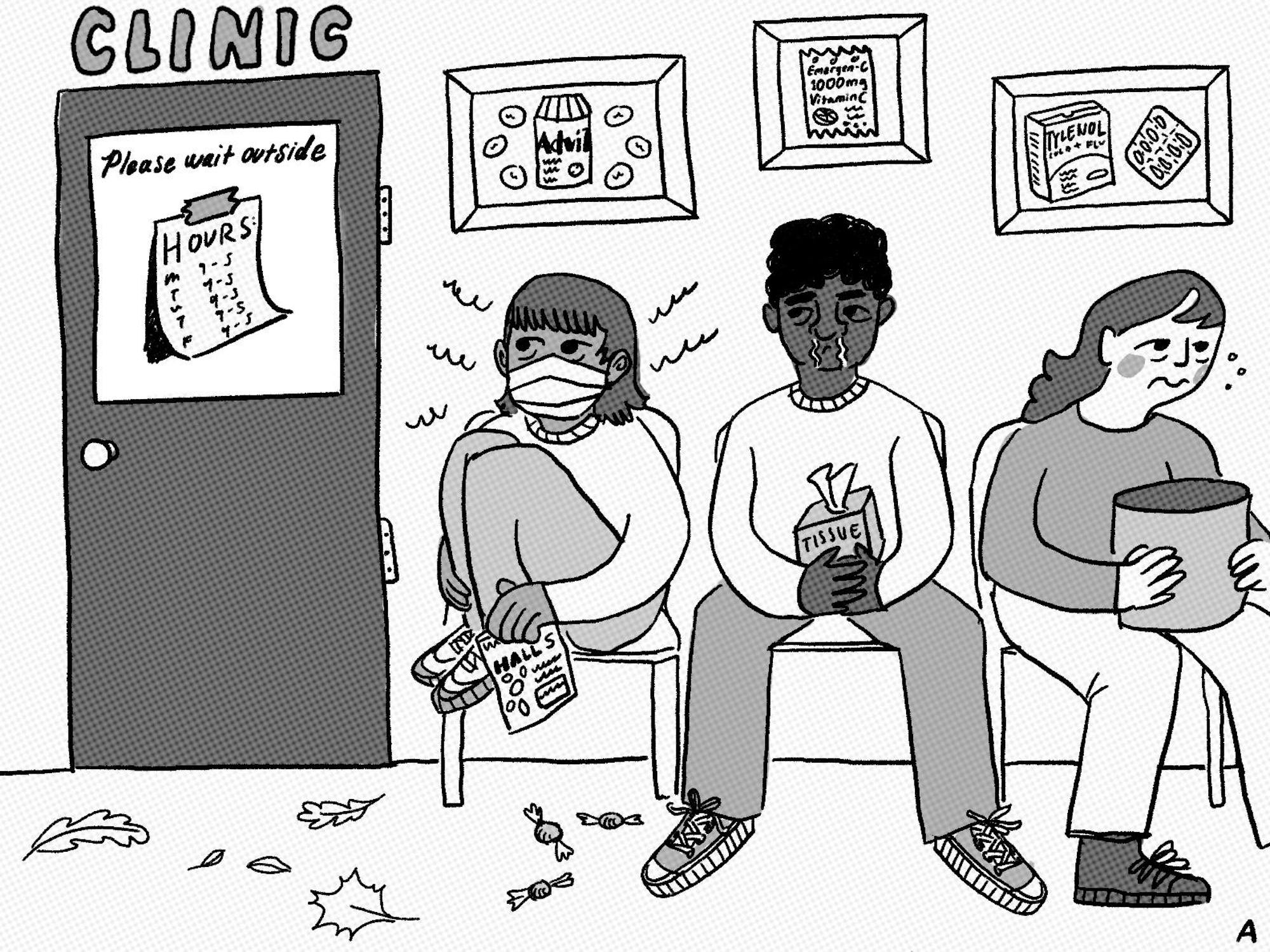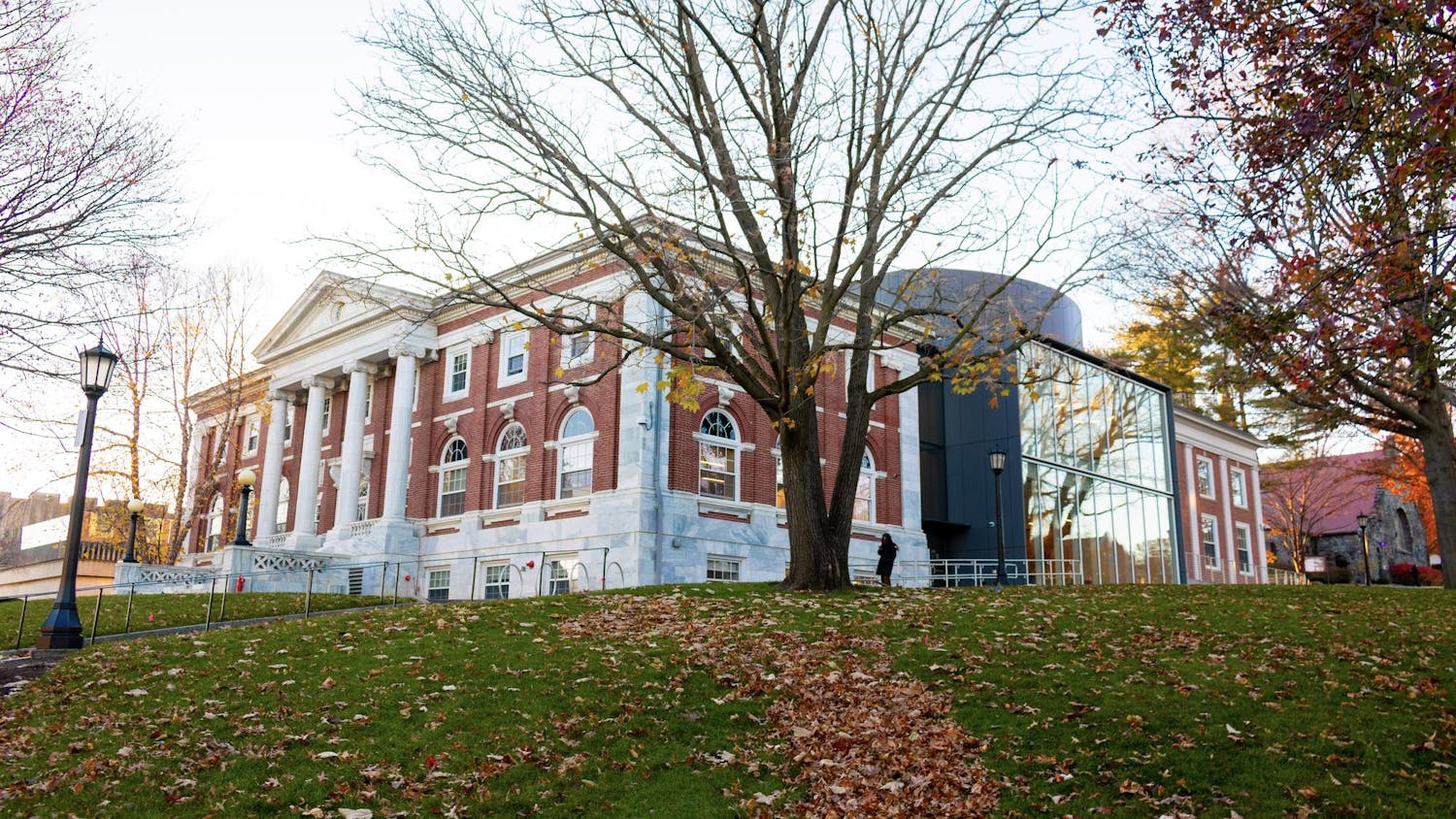The demands of medical training are notorious, and at the end of a tortuous (and expensive) road, medical students must determine their specialty. This decision is not just a personal one, but it also informs the future of healthcare. What do medical students prioritize, and how do their priorities inform the future healthcare market? The interplay of financial incentives and the shortage of primary care physicians are having significant effects on the growing mental health crisis in America.
Many medical students hope to subspecialize in fields like neurosurgery, ophthalmology or cardiology, drawn to them because of in-depth expertise and financial reward. Therefore, the American Medical Association anticipates a shortage of up to 48,000 PCPs by 2034, the most profound shortage across all specialties. Currently, PCPs are key players in addressing the mental health crisis in the U.S. A 2023 paper using nationally representative data on the concerns addressed in adult PCP visits found that the proportion of mental health concerns increased by half from 2006–18. As rates of anxiety and depression continue to uptick and access to mental health providers continues to downtrend, PCPs have been forced to fill another role: psychiatrists. Over the past decade, the medical community has worked to ameliorate the burden of providing mental health services via the Collaborative Care Model. This model works to integrate primary care with behavioral health and has been shown to improve patient outcomes. The PCP enrolls a patient in a CCM. From there, a behavioral health manager is paired with a patient. The behavioral health manager works closely with a psychiatrist, who is available for consultation. The CCM offers therapy and medications to combat anxiety and depression. Encouraging patients to receive both mental and physical health in the same location streamlines care and improves the patient experience overall.
The CCM sounds great in theory, but the model (like many models in healthcare) is riddled with pitfalls. On a macro level, many of the CCM models reported insufficient personnel, like care managers. Additionally, most PCP offices lack the space, time and resources to integrate additional team members. Another issue with the CCM is the rapid increase of telemedicine since the COVID-19 pandemic, which disrupts clinic workflow. Typically, a medical assistant administers and inputs data from screening questionnaires into the electronic medical record. Often, these questionnaires, which track severity of disease and efficacy of treatment, are not administered in the telemedicine setting.
The PCPs in this country, an already rare commodity, are also carrying the mental health crisis in America. The current models, including CCM, are insufficient for addressing the crisis. Medical education is also to blame, with the financial burden it imposes causing students to steer away from lower-paying specialties, like primary care. I hope debt relief and expansion of PCP residencies are underway. Otherwise, America’s mental health has a grim future ahead.






